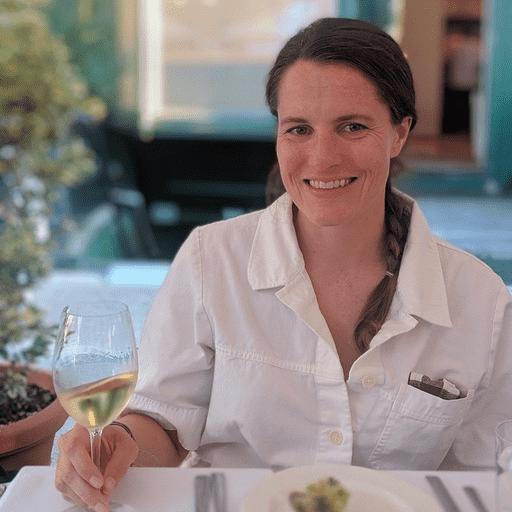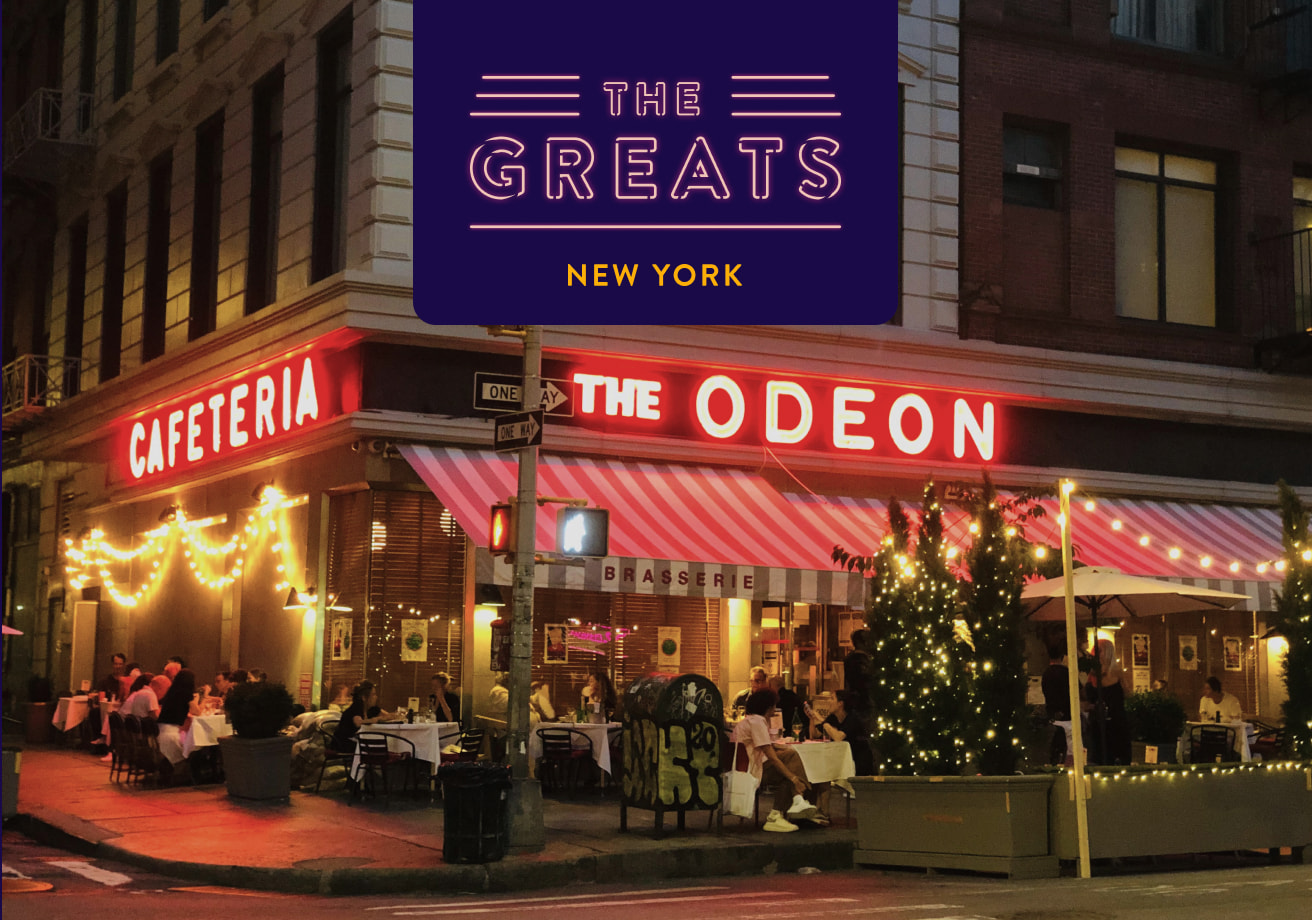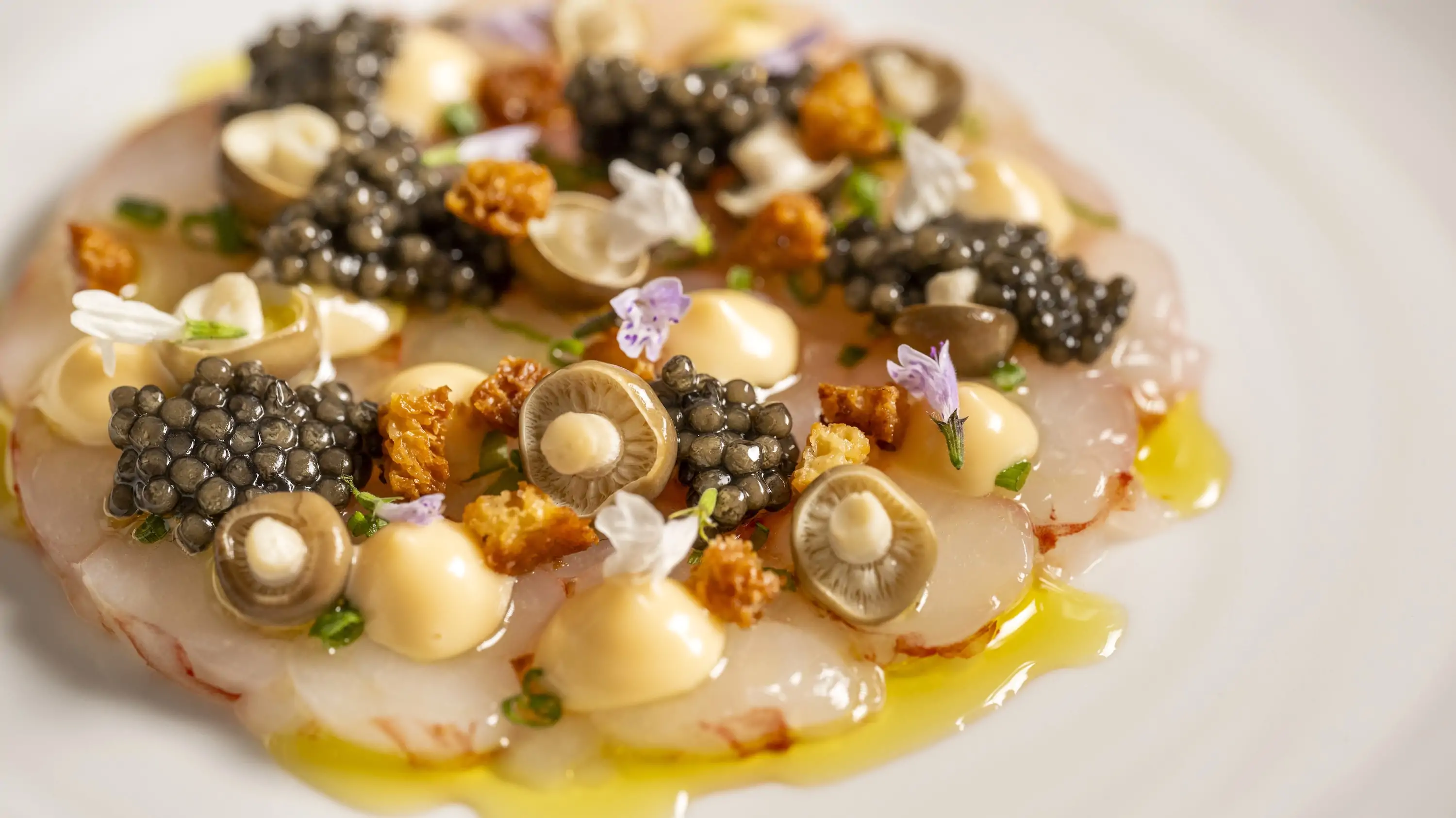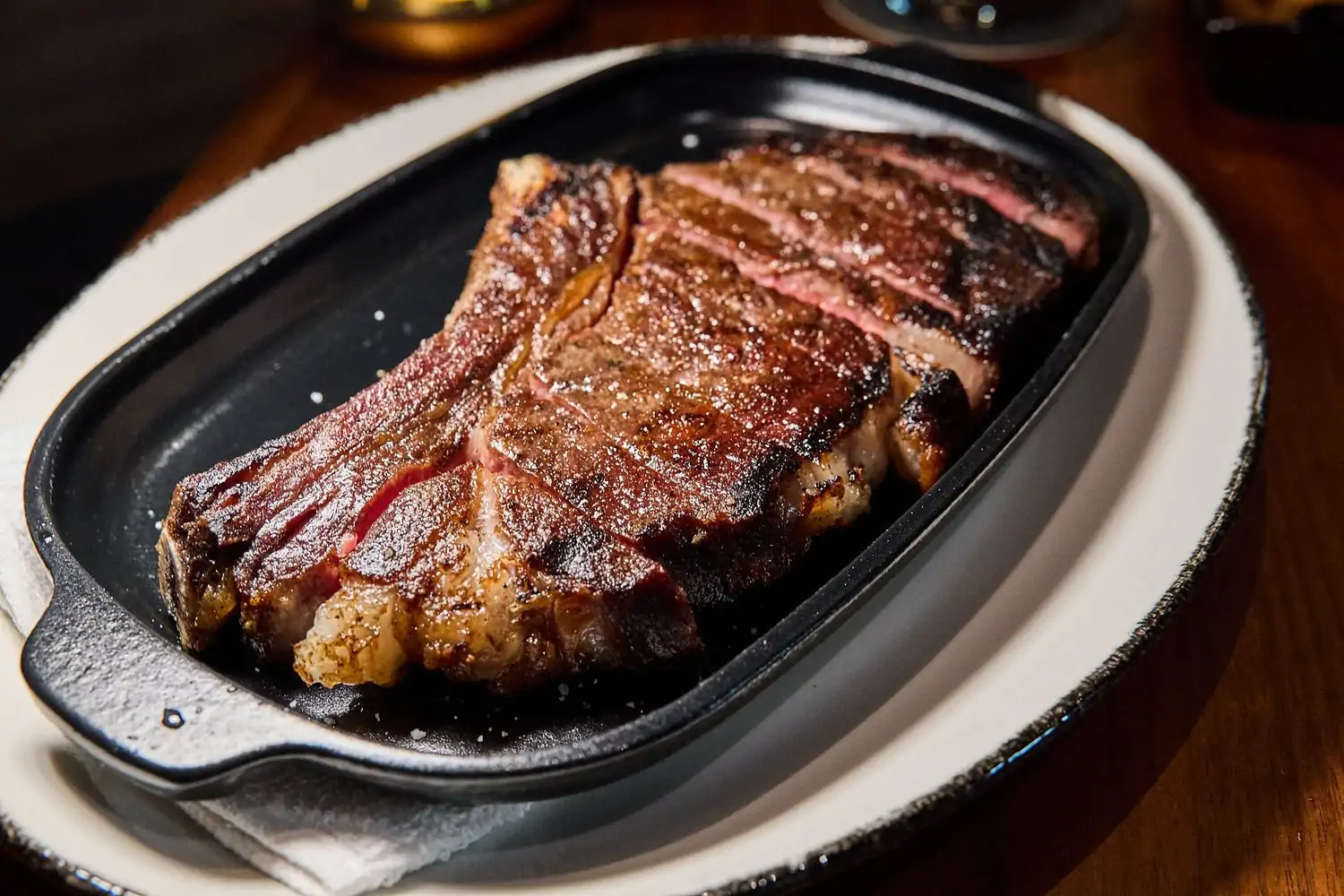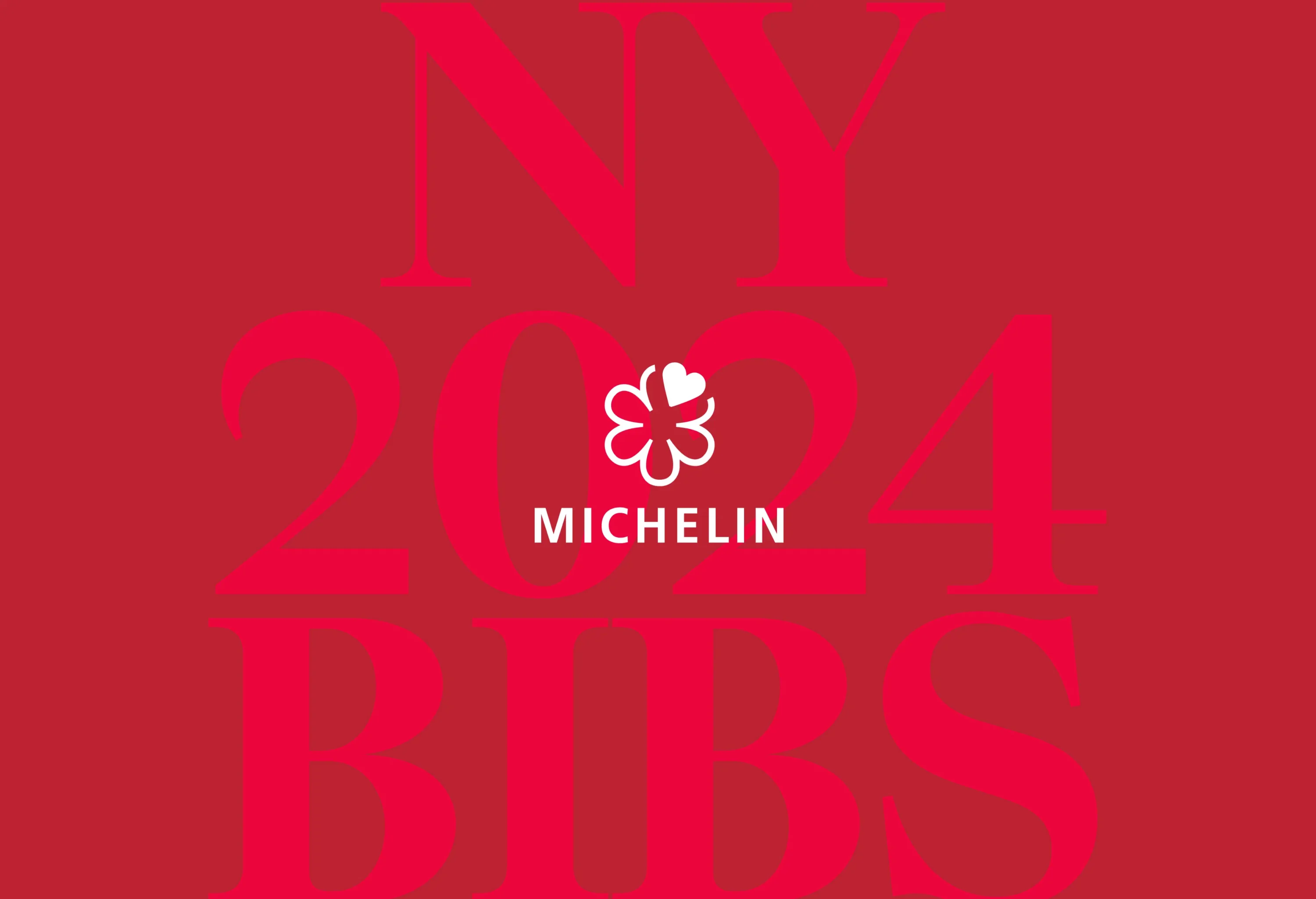Welcome to The Greats, a series on the restaurants that define their cities. Here now, a look at how 40-year-old French brasserie The Odeon turned into an NYC institution.
Few restaurants genuinely deserve descriptors like “iconic,” “notorious,” or “an institution.” But all of these and more were warranted when The Odeon turned 40 last year, receiving an outpouring of odes from the likes of New York Magazine and Condé Nast Traveler.
The Tribeca brasserie’s larger-than-life mythos was best captured by novelist Jay McInerny’s seminal novel about 1980s New York, Bright Lights, Big City (a photo of the restaurant even graces the book’s cover). He spoke for many when he recalled his introduction to The Odeon in an essay in Town and Country: “For an aspiring novelist and working fact-checker who had arrived in the city the year before it opened, it seemed like the red hot center of the universe.”
Four decades later it is, in many ways, still the center of the downtown universe, and one can find traces of the restaurant’s design and atmosphere in restaurants across the country. Here’s a look back at The Odeon’s influence.
From cafeteria to clubhouse
When The Odeon opened its doors in TriBeCa in October of 1980, there wasn’t anything else like it in the neighborhood. In fact, there wasn’t much in the neighborhood, period. “There was a small place on Grand St, but besides that, it was pitch black,” Lynn Wagenknect, current owner and co-founder, says. “The [Twin Towers] gave off the only light sometimes.”
Wagenknect, along with brothers Keith and Brian McNally, had built the restaurant themselves after taking over an old cafeteria. “We didn’t even realize that we were making a career choice at the time,”
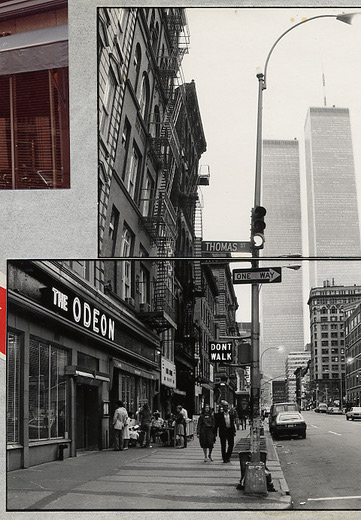
Wagenknecht says. Inspired by the bistros of Paris, the trio wanted to create a restaurant that was convivial and informal but also served great food.
The restaurant became an immediate success. Word began to spread through the arts community, and soon the dining room was filled with the likes of Andy Warhol, Roy Lichtenstein, Keith Haring, and Jean-Michel Basquiat, among others; Wagenknecht says artists were the restaurant’s first regulars. Soon, the gravitational pull of this influential crowd began attracting elites from the city’s film, fashion, and literary worlds, and it wasn’t long before the list of regulars began to read like a gallery wall at MoMa, or the credits of the era’s films and television shows.
“Few things compared to the number of nights we reopened for John Belushi,” Keith McNally told Vanity Fair. “Sometimes he’d go into the kitchen and cook himself a hamburger.”
One might have spotted Diane Von Furstenburg checking in at the host stand, while Martin Scorcese and Robert De Niro sat at a table hashing out ideas for upcoming collaborations. As writer Tom Wolfe said in the same Vanity Fair piece, “…everyone who wanted to be where things were happening, as the phrase goes, was coming in.”
In the dining room, people fought, flirted, forged partnerships, and some even came to eat. The original chef, the late Patrick Clark, was only 25 years old when he took the helm and one of the few Black chefs directing a Euro-centric kitchen at the time. He drew on his French training and new trends in American dining to infuse comforting dishes with fine dining flair, earning the restaurant a coveted two stars in a 1989 New York Times review.
Meanwhile, the neighborhood around The Odeon began to change. “Looking back, I suppose it was the first toe in the water,” Wagenknect says.
Once one of the only restaurants in the neighborhood, The Odeon quickly inspired others to follow suit, such as regular Robert DeNiro, who would go on to establish a mini empire on Greenwich street that includes Tribeca Grill, Locanda Verde, and Nobu. And while the streets are still quiet at night, the neighborhood is now one of the most expensive zip codes in Manhattan.
The Odeon’s lasting influence
Most restaurants like The Odeon resemble comets: they burn bright, until they burn out. But this restaurant’s legacy lies not only in its ability to endure and remain relevant, but also to influence other restaurants.
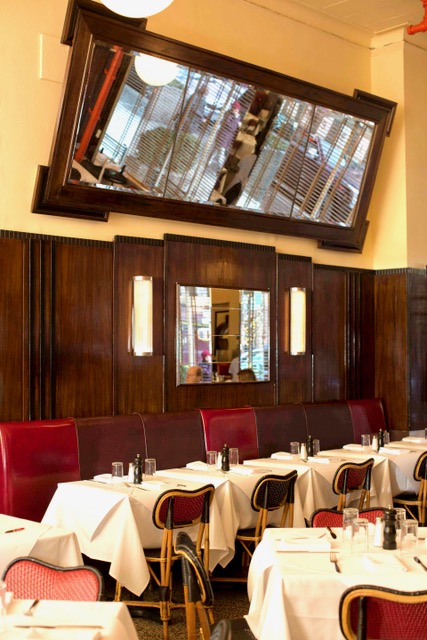
Keith McNally, of course, would go on to become one of New York’s most successful restaurateurs, taking the French-inflected combination of comfort and luxury perfected at The Odeon and applying it to his restaurants — most notably at SoHo’s Balthazar — where globe lights, large mirrors, and aspirational dining play out at an even larger scale. This aesthetic — dominated by red banquettes, wood accents, antiqued mirrors, and tile floors — is still going strong today, visible in places as far-flung as Philadelphia’s Parc to Dallas’s Toulouse.
Things came full circle in 2018, when two of Balthazar’s opening chefs opened Frenchette, their own ode to France — mere blocks from The Odeon — full of red leather banquettes, warm lighting, and modern riffs on French bistro food. In a familiar-sounding trajectory, the restaurant became an instant success, becoming a coveted reservation among the fashion, media, and creative crowds.
Most importantly, The Odeon also created a template for a type of restaurant rarely seen in America at that point in time: a come-as-you-are environment that also served great food. “I think it was a bright light for young people, showing them they could create restaurants that were much better than a coffee shop but not do captains and tails,” Wagenknect posits. Today, the ability to eat good food without a dress code is the norm, not the exception.
40 years later
The Odeon’s signature neon signs still shine brightly over West Broadway, where in pre-pandemic days, the dining room continued to resemble an equally impressive (if less bacchanalian) version of the year it opened. Editors from Condé Nast publications could be found holding court, the TriBeCa Film Festival frequently hosted star-studded dinners in the restaurant, and the next generation of writers and artists lined the bar.
But as TriBeCa slowly grew into a bonafide residential neighborhood over the past 20 years, the restaurant’s appeal as a neighborhood spot became as much a part of its identity as its status as a destination. This local support became most apparent when the COVID-19 pandemic struck.
“Locals really recommitted to the neighborhood after 9/11, and you still see that today.” Wagenknect says.
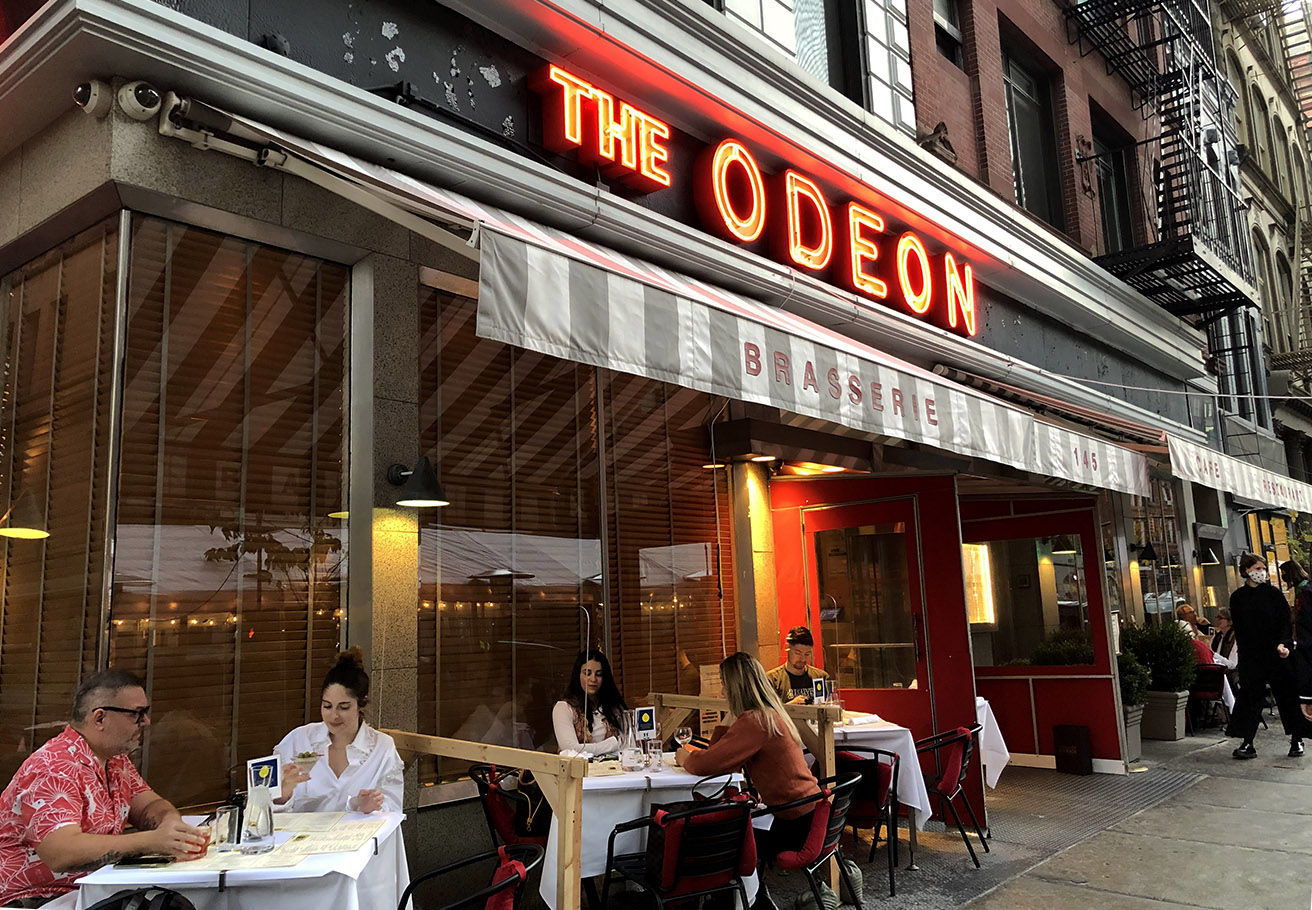
Like restaurants all over the country, The Odeon has done what it needed to in order to survive: offering delivery, building out its outdoor seating areas, and selling merchandise, homemade ice cream, and cookies. In some ways, the pandemic is just the latest in a series of challenges the restaurant has faced: from economic downturns and blackouts to 9/11 and Hurricane Sandy, The Odeon has seen it all.
Wagenknect attributes the restaurant’s survival through time times to her staff. “I’ve been fortunate to have a lot of long-term employees. The term ‘like a family’ is overused, but a lot of the people working together are very, very tight,” she says, referring to managers who have been at the Odeon for more than 20 years.
Now 40 years in, The Odeon is indisputably a New York City Great. The timeless concept, welcoming atmosphere, and sense of place that define the restaurant’s past may also be the key to its longevity. Thinking about The Odeon’s future, Wagenknect keeps it simple: “Just keep the place where people can feel comfortable, eat good food, and be themselves.”
